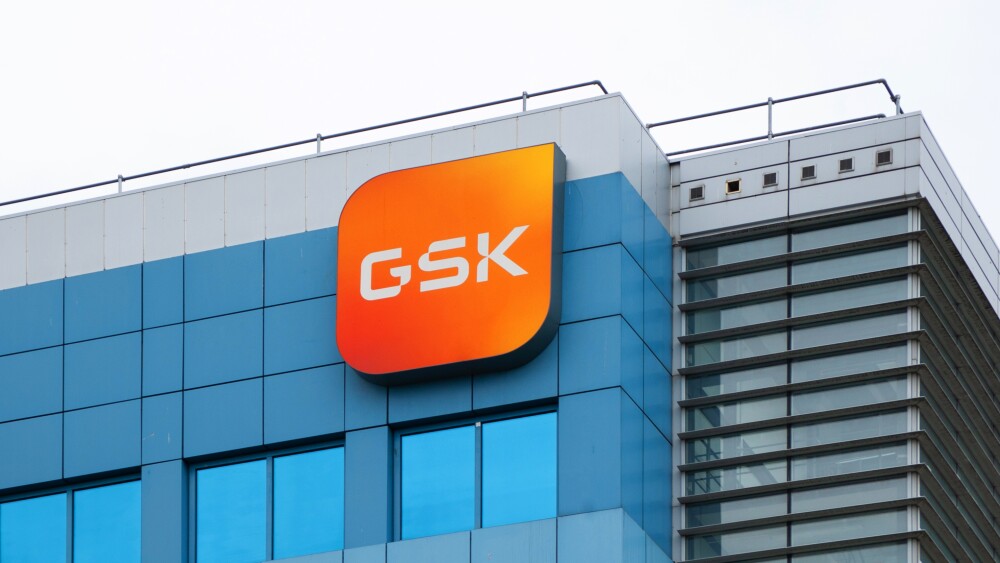-- Phase 3 Studies on the Horizon in both PNH and C3G --
SEATTLE--(BUSINESS WIRE)--Omeros Corporation today announced that zaltenibart (OMS906) has received rare pediatric disease designation from the U.S. Food and Drug Administration (FDA) for the treatment of complement 3 glomerulopathy (C3G), an ultra-rare, progressive renal disorder primarily afflicting children and young adults. Caused by dysregulation of the alternative pathway of complement, there is no approved treatment for C3G, which often leads to end-stage renal disease within 10 years of diagnosis. Zaltenibart is the most proximal inhibitor of the alternative pathway. It blocks mannan-binding lectin-associated serine protease-3 (MASP-3), the key activator of the alternative pathway, stopping the conversion of pro-complement factor D (pro-CFD) to mature CFD. Phase 3 clinical trials for zaltenibart in C3G are slated to begin next year.
“C3G is devastating for children as well as for adults, and our receipt of FDA’s rare pediatric disease designation is a welcome acknowledgment of zaltenibart as a potential therapeutic for this disease that has no approved treatment,” stated Gregory A Demopulos, chairman and CEO of Omeros. “With zaltenibart clinical studies ongoing in both PNH and C3G and preparations underway to begin Phase 3 trials, we look forward to bringing zaltenibart to market, expanding its list of targeted indications and demonstrating its advantages over other alternative pathway inhibitors.”


Companies awarded a rare pediatric disease designation receive a rare pediatric disease priority review voucher from FDA when the designated drug is approved for the associated indication in the pediatric population. The voucher allows the recipient company to obtain FDA priority review of either a New Drug Application (NDA) or Biologics License Application (BLA) for a different product and/or indication, reducing the review time and accelerating any granted approval and subsequent market entry by at least four months. The voucher may be used by the original recipient, or it can be sold to another company for the purchaser’s use.
Omeros is also advancing zaltenibart for the treatment of paroxysmal nocturnal hemoglobinuria (PNH), an ultra-rare and life-threatening blood disease. Omeros has received orphan drug designation from FDA for zaltenitbart in this indication. Having recently held productive meetings with regulatory authorities – an end-of-phase 2 meeting with FDA and a scientific advice meeting in Europe – Omeros has a clear path to and is focused on initiating phase 3 studies for zaltenibart in PNH later this quarter. In 2023, the PNH treatment market size was $3.9 billion and is projected to grow to $10.1 billion in 2032.
About Omeros Corporation
Omeros is an innovative biopharmaceutical company committed to discovering, developing and commercializing small-molecule and protein therapeutics for large-market and orphan indications targeting immunologic disorders, including complement-mediated diseases and cancers, as well as addictive and compulsive disorders. Omeros’ lead MASP-2 inhibitor narsoplimab targets the lectin pathway of complement and is the subject of a biologics license application pending before FDA for the treatment of hematopoietic stem cell transplant-associated thrombotic microangiopathy. Omeros’ long-acting MASP-2 inhibitor OMS1029 has successfully completed Phase 1 single- and multiple-ascending dose clinical studies. OMS906, Omeros’ inhibitor of MASP-3, the key activator of the alternative pathway of complement, is advancing toward Phase 3 clinical trials for paroxysmal nocturnal hemoglobinuria and complement 3 glomerulopathy. Funded by the National Institute on Drug Abuse, Omeros’ lead phosphodiesterase 7 inhibitor OMS527 is in clinical development for the treatment of cocaine use disorder. Omeros also is advancing a broad portfolio of five novel cellular and molecular immuno-oncology programs. For more information about Omeros and its programs, visit www.omeros.com.
Forward-Looking Statements
This press release contains forward-looking statements within the meaning of Section 27A of the Securities Act of 1933 and Section 21E of the Securities Exchange Act of 1934, which are subject to the “safe harbor” created by those sections for such statements. All statements other than statements of historical fact are forward-looking statements, which are often indicated by terms such as “anticipate,” “believe,” “could,” “estimate,” “expect,” “goal,” “intend,” “likely,” “look forward to,” “may,” “objective,” “plan,” “potential,” “predict,” “project,” “should,” “slate,” “target,” “will,” “would” and similar expressions and variations thereof. Forward-looking statements, including statements regarding the timing and anticipated outcome of regulatory events or processes, the availability of clinical trial data, the prospects for obtaining FDA approval of any drug candidate or in any indication, expectations regarding the initiation, continuation or results of clinical trials evaluating Omeros’ drug candidates, expectations regarding future cash expenditures, and expectations regarding the sufficiency of our capital resources to fund operations, are based on management’s beliefs and assumptions and on information available to management only as of the date of this press release. Omeros’ actual results could differ materially from those anticipated in these forward-looking statements for many reasons, including, without limitation, unanticipated or unexpected outcomes of regulatory processes in relevant jurisdictions, unproven preclinical and clinical development activities, failure by Congress to reauthorize the priority review voucher program or other legislative developments, our financial condition and results of operations, any inability to obtain capital needed to fund planned operations, regulatory processes and oversight, challenges associated with manufacture or supply of our investigational or clinical products, changes in reimbursement and payment policies by government and commercial payers or the application of such policies, intellectual property claims, competitive developments, litigation, and the risks, uncertainties and other factors described under the heading “Risk Factors” in our Annual Report on Form 10-K filed with the Securities and Exchange Commission on April 1, 2024 and in our subsequently filed Quarterly Reports on Form 10-Q. Given these risks, uncertainties and other factors, you should not place undue reliance on these forward-looking statements, and we assume no obligation to update these forward-looking statements, whether as a result of new information, future events or otherwise, except as required by applicable law.
Contacts
Jennifer Cook Williams
Cook Williams Communications, Inc.
Investor and Media Relations
IR@omeros.com




